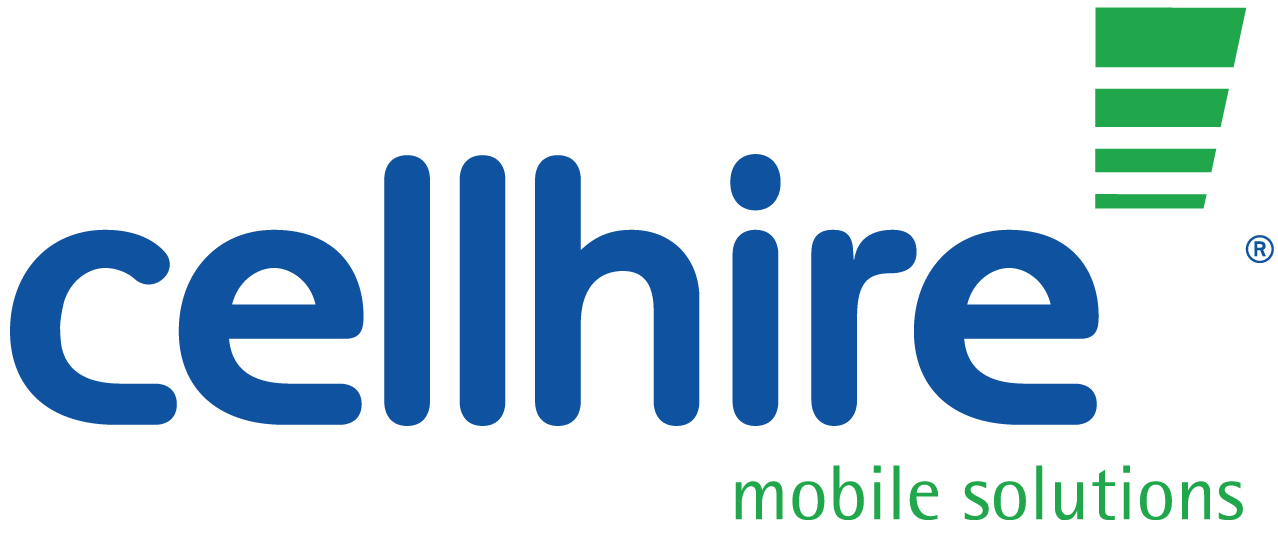M2M/IoT is the hot topic of the industry, but it involves many acronyms and abbreviations, making it difficult to stay in the loop. This guide explores some of the essential key terms and definitions around M2M & IoT.
What is IoT?
The Internet of Things (IoT) involves data transferred over a network without human intervention or personal data usage.
The official definition describes IoT as the network of physical objects that are embedded with sensors, software, and other technologies for the purpose of connecting and exchanging data with other devices and systems over the internet.
IoT connections typically use smaller volumes of data under 1GB. It often requires a more technical configuration such as Fixed IP and/or Private APNs & VPNs for secure device communications and control. Connectivity may be restricted to a private network or be granted open internet access.
Use-case devices include meters, kiosks, digital signage, taxi connectivity, airport kiosks, electricity meters, mobile CCTV, tracking devices, wind turbines and other loT connected devices.
What is M2M?
M2M – Machine to Machine is the direct communication between devices using any type of communications channel without manual intervention by humans.
M2M is made up of data connectivity solutions that often do not require a Fixed IP, instead it uses a generic APN for open-internet access. Typically, M2M uses large volumes of data, from 1GB per month to 10TB on a single SIM.
The range of applications would include use in Mobile Broadband Routers, MiFi Routers, Peplink SIM bonding devices and mobile broadcast cameras. Use cases include instant site connectivity, broadband contingency, mobile broadcast connectivity and wireless mobile broadband for marine/transport.
What is an IP Address?

IP Addresses are a device’s unique identity on a network, enabling a device to access network resources, and in turn allow other devices to access the device.
An IP address serves two main functions, network interface identification and location addressing.
IP stands for Internet Protocol, think of it like a device’s phone number. You need one both to make calls out, and to receive them, just like you need an IP to share files with another user, browse the Internet, or make a video call. An example of an IPv4 IP address is 192.0.1.1
What is a Dynamic IP Address?
Dynamic IP Addresses are assigned automatically based on preconfigured settings in the network and dedicated DHCP servers (dynamic host configuration protocols), which manage a pool of IP addresses available for use. Dynamic IP addresses are not fixed to a device and can change.
What is a Static IP Address?
Static IPs are fixed – They don’t change.
What is a Fixed IP Address?
Fixed IP Addresses remain static and don’t change over time. Their use allows for opening two-way communication between the IoT device and the customer organisation’s servers.
What is a Public Fixed IP Address?
Public Fixed IP provides a static and a public IP address. It is unique on a global scale and allows for connections to an IoT device from any other host connected to the Internet. In this case, a standard Public APN is used.
What is a Private Fixed IP Address?
Private Fixed IP provides a static and a private IP address. Such an address is valid only within a particular customer organisation’s network (which is an example of a private network). In this case, a customer-defined Private APN must be used.
What is an APN?
APN – Access Point Name is the name of a gateway and point of entry onto the Internet (IP network) from a mobile network.

Public APN – (Default network APN)
Private APN – (Corporate APN) is used to access a specific network. The traffic flows securely and directly from the IoT device via the mobile network to the customer’s private network, where it terminates. This traffic does not travel across the open-Internet.
What is a VPN?
VPN – Virtual Private Network is a layer of security for Internet access from an IoT device. It allows for the data exchange to remain confidential via encryption and decryption mechanisms. It is crucial when a device remains connected to the Internet via a public network, including Public APN.
What is LAN?
LAN – Local Area Network is a network of computers or devices that share common communications lines or wireless links to a server in a limited area, for example a residence or university campus. Computers and mobile devices use a LAN connection to share resources such as a printer or network storage.
What is WAN?
WAN – Wide Area Network is a broadband network that provides communication over a large geographic area. It requires high bandwidth and low latency. A network of bank cash dispensers or a company network with several offices all geographically distant, would be an example of WAN.
What is API?
API – Application Programming Interface is the technical interface that allows different applications to work with one another. API’s enhance user experiences by fostering connections between technologies.
What is LPWAN?
LPWAN – Low-Power Wide-Area Networks enables low power consumption and long-range wireless connectivity. It connects low-bandwidth devices with low bit rates over long ranges, allowing IoT devices to operate reliably for up to 10 years on a single battery charge.
What is Edge Computing?
Edge Computing improves response times and saves bandwidth by the computational processing of sensor data, bringing it closer to the logical edge of the network and individual sources of data. Instead of sending data to data cloud centres, edge computing ensures real time processing without latency.
Join the Cellhire Partner Programme.
Visit: http://www.cellhire.co.uk/partners
Email: resellers@cellhire.com
Call: +44 (0)1904 610610




